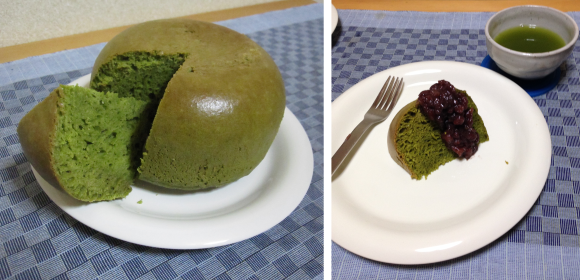
We recently found out that you can use a rice cooker to make awesome, gigantic pancakes. Our first reaction was surprise, as we’d honestly never even thought to try. Soon enough, though, our surprise faded and was replaced by something even stronger: hunger.
So we decided to get off the culinary sidelines and whip up a batch for ourselves. Since we were using Japan’s most beloved kitchen appliance, we decided to take another cue from our adopted country and spruce things up a bit by making matcha green tea pancakes.
We’re going to spoil the ending right now and tell you that they taste amazing. Want to make them yourself? Read on and we’ll give you the whole incredibly easy recipe.
Obviously, you’ll need a rice cooker. As long as you’ve got that, there isn’t a whole lot of shopping you’ll need to do, as our ingredient list is pretty short.
Ingredients
Hotcake mix (300 g / 10.6 oz.)
Milk (200 ml / 1 cup)
Eggs (2)
Matcha powder (1.5 tablespoons)
Yude azuki / sweet red beans (1 can)
The rice cooker we used is a compact model with its maximum capacity marked at 540 milliliters, or thee gou if you’re using the traditional Japanese measuring system.
As we talked about before, Japanese company Morinaga makes a distinction between its pancakes and hotcakes. In Morinaga’s eyes, the latter are sweeter and fluffier, so we grabbed a pack of hotcake mix for our cooking project.
Step one is to pour the hotcake mix directly into the rice cooker.
Next, measure out 1.5 tablespoons of matcha powder, and add it to the hotcake mix.
Mix everything together until the color is uniform. It won’t look very impressive at this stage, but trust us, there’s plenty of green tea powder in there to give your finished pancakes a striking appearance.
In a separate bowl, combine the milk and eggs, whisking them lightly.
▼ Since we were going to be topping our pancakes with sweet red beans, we decided to cut out a few calories by using non-fat milk.
▼ This is your last chance to change your mind and make an omelet instead.
Pour this mixture into the rice cooker, stirring gently as you go.
▼ See? Told you that was enough matcha powder!
Now it’s time to turn things over to the machines.
Set the pot in the rice cooker, hit the switch to cook a standard pot of rice, and come back in about 45 minutes, once the cooking process is done…
…at which point, if things turn out like they did for us, you’ll find a soupy, gooey mess.
▼ Although had we bothered to taste it, we might have discovered we’d unwittingly made a delicious matcha custard.
There’s actually one necessary component of our recipe we forgot to mention in our list of ingredients: determination. Depending on the exact size and power of your rice cooker, one cycle might not be enough. Thankfully, ours hasn’t achieved sentience yet, so it didn’t complain at all when we hit the button to start the cooking process once again.
When we came back, the results were glorious, if a little odd-looking at first.
The second time through the rice cooker’s cycle gave us an enticingly green pancake with the perfectly smooth shape of a curling stone.
At least, it looked like a curling stone for the 30 seconds before we could resist the temptation to cut ourselves a slice.
▼ Then it looked like Pac-Man.
After removing a piece, we could see that the pancake had been cooked through to its core, which was a more vibrant shade of green than its brown-tinged outer surface.
Instead of drizzling on maple syrup, we decided to continue down the Japanese-inspired path we’d started on, and instead cracked open a can of azuki, the sweet red beans that are used as a topping or filling in a number of traditional Japanese desserts.
We added a dollop to each slice, and then finally it was time to eat.
▼ There’s no set amount of azuki you have to use. Shown here, clockwise from upper left, are three suggestions: modest, normal, and gluttonous.
So how does it taste? In a word, fantastic. The matcha imparts an enticing green tea aroma and a touch of bitterness, which contrasts with the azuki to stimulate and please the palate. The pancake itself is actually moist enough that you could also eat it with no topping at all. If you like your pancakes ultra-moist and messy, though, you could experiment with a dollop of whipped cream or even ice-cream.
▼ If you’re not going to eat any azuki, can we have your share?
Honestly, there’s only one potential problem with this recipe. A little matcha powder goes a long way, and with less than two tablespoons needed to produce the results you see here, you’re probably going to have a lot left over. We were lucky in that the pack we bought came in a resealable pouch, but what can you do if yours doesn’t?
Simple: toss a little powder into a cup, add hot or cold water, and make yourself some tea.
If you’re not thirsty though, don’t worry. With matcha pancakes being so easy and delicious, we doubt it’ll be very long before you find yourself wanting to make them again.
We’ll leave you with a short video we shot when our pancake was finally ready. Enjoy!
Photos: RocketNews24

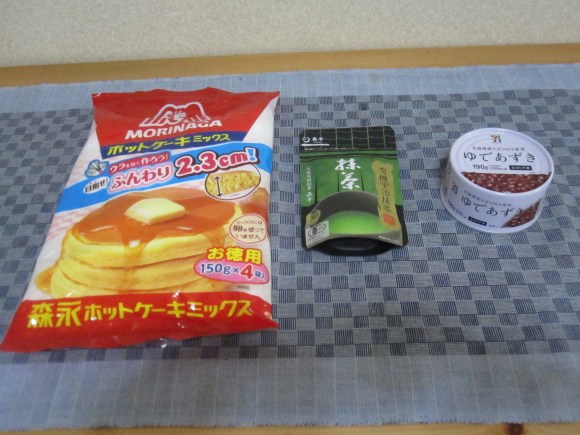
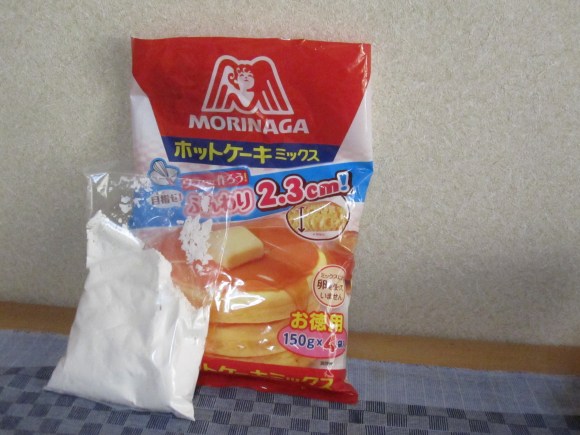
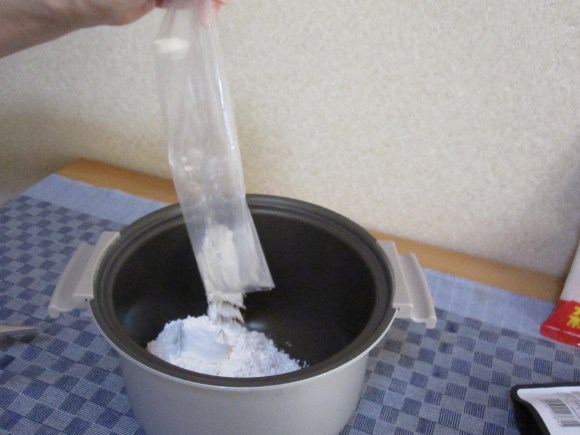
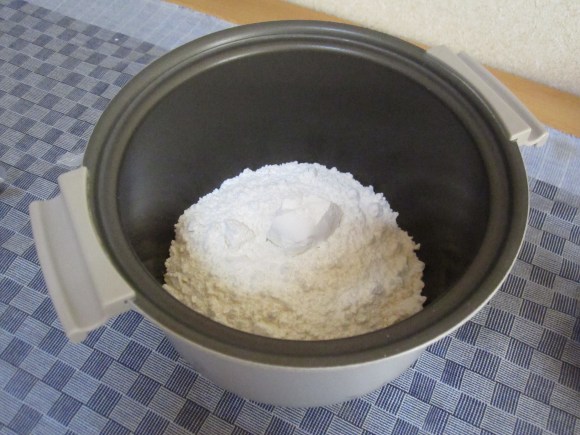
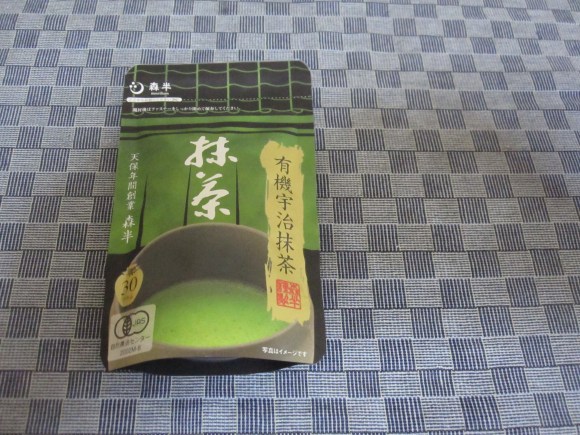
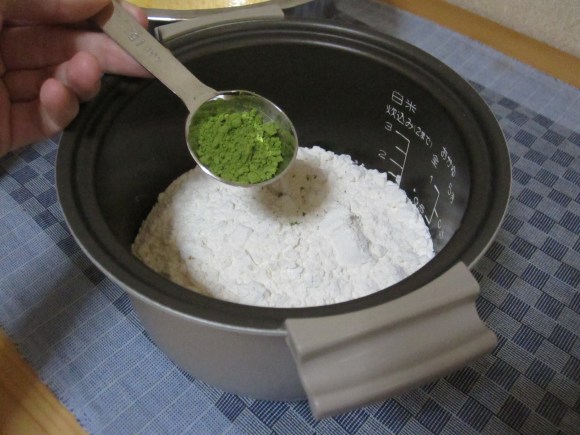
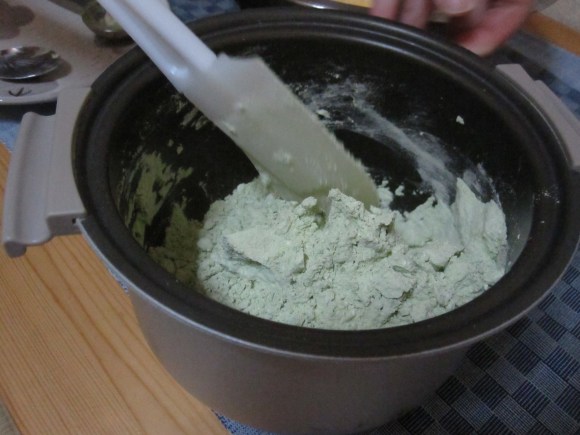
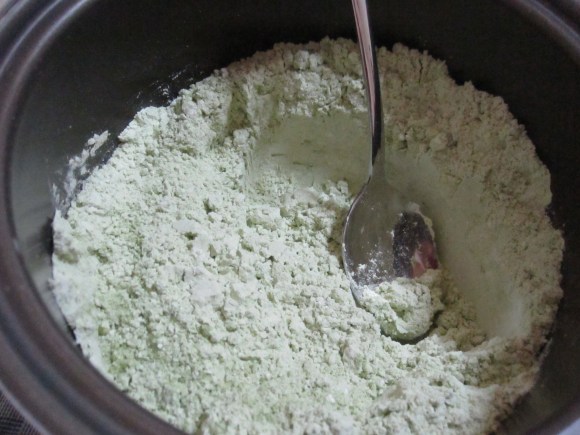
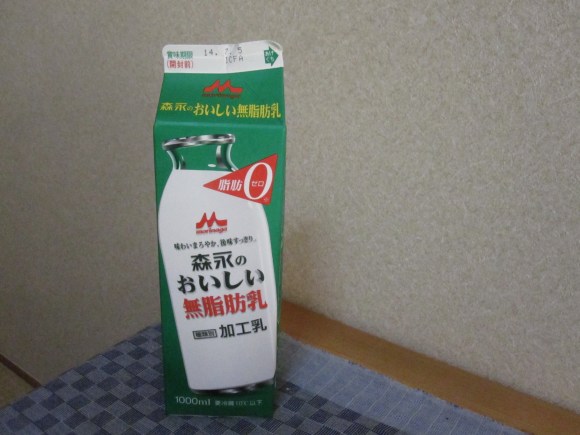
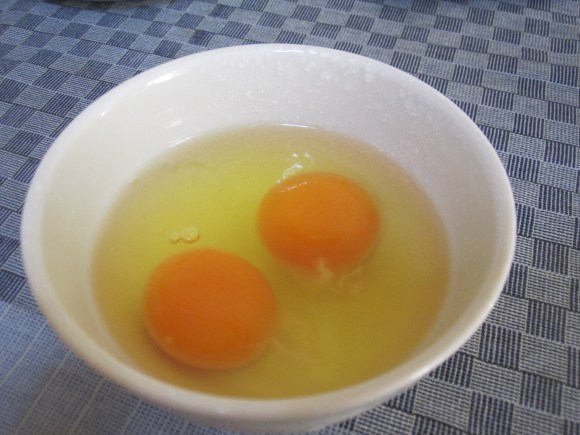
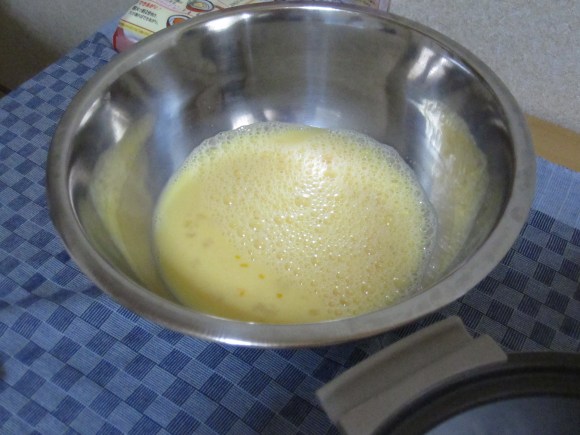
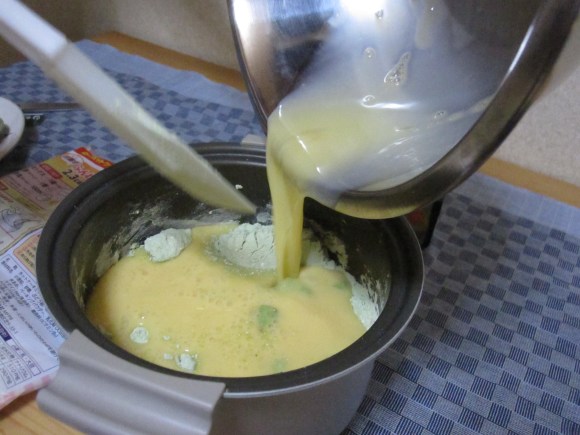
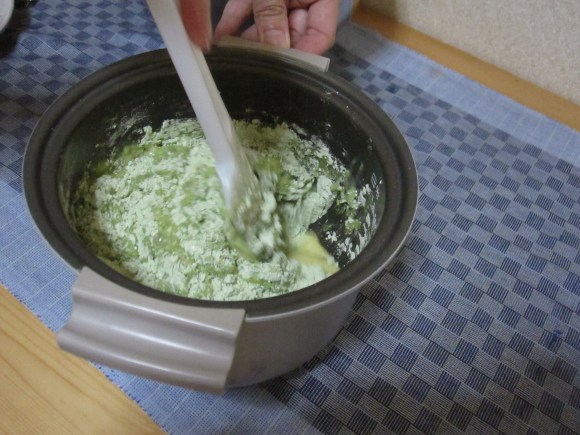
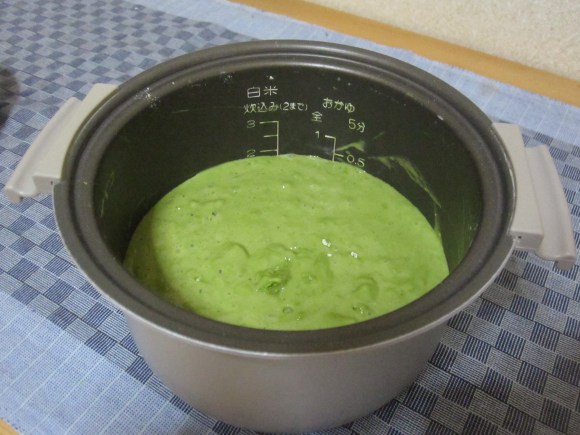
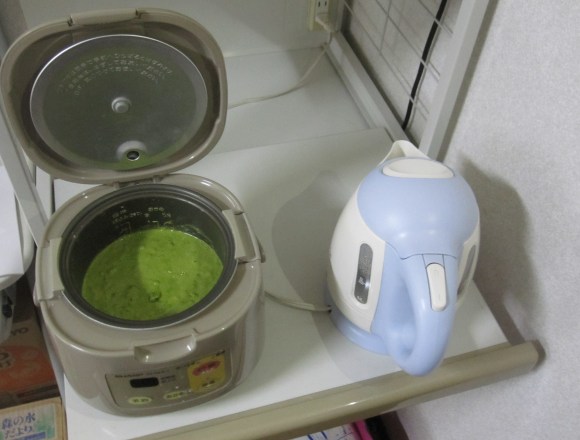
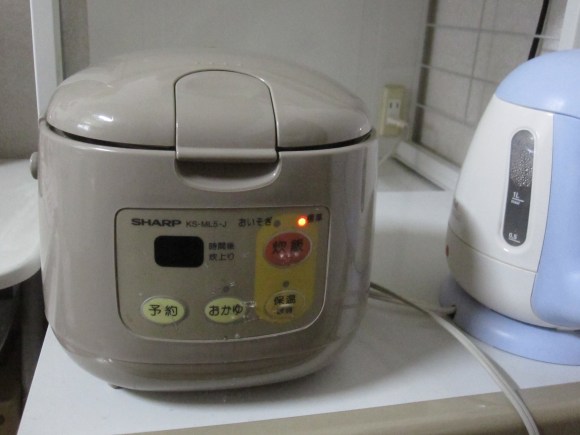
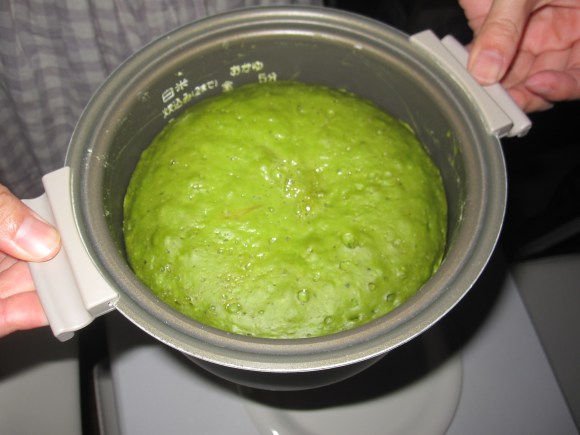
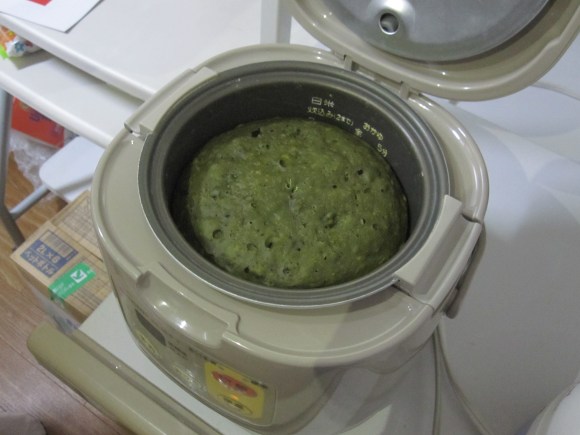
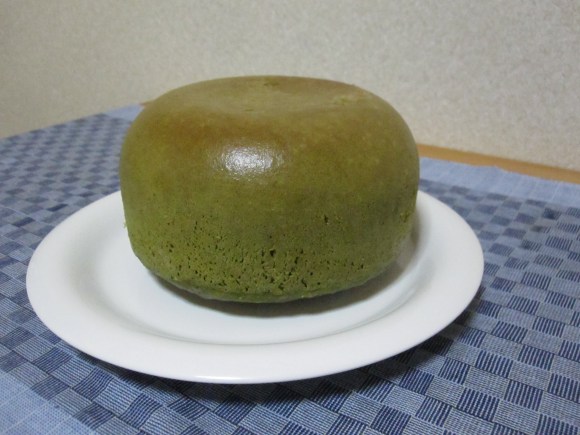
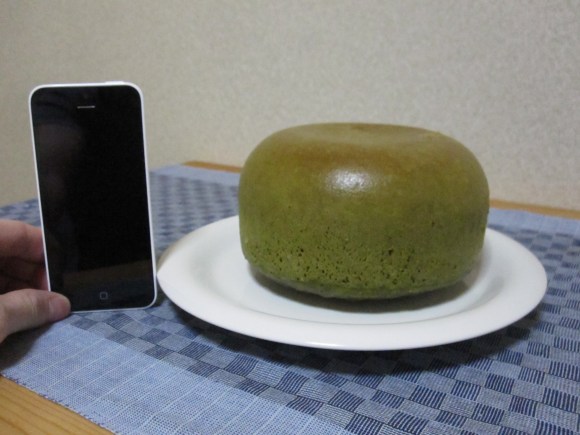
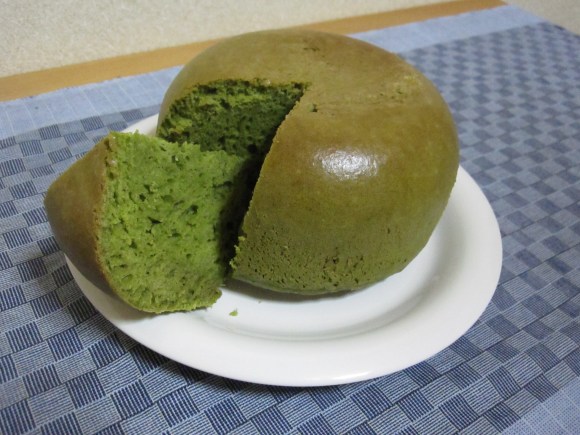
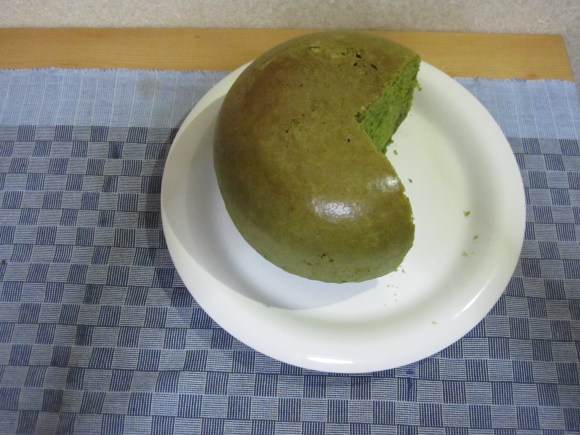
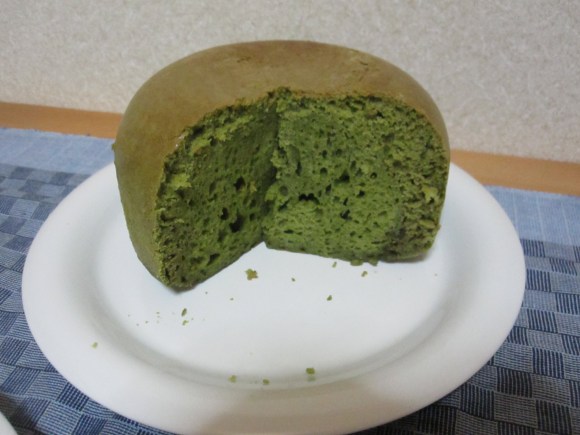
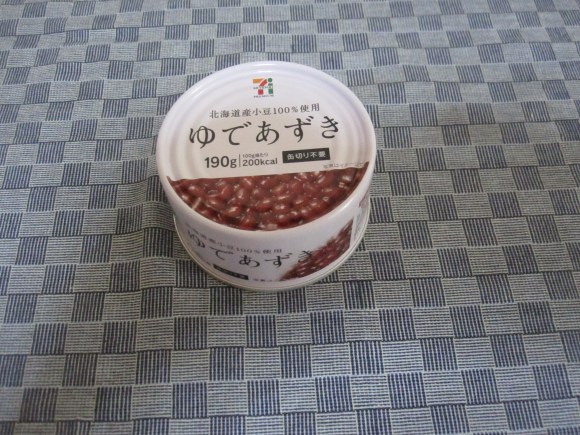
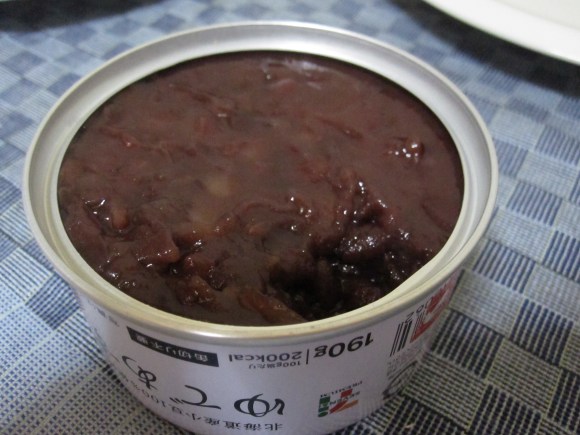
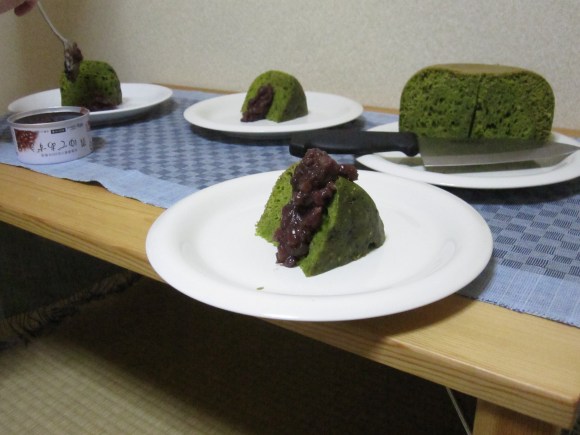
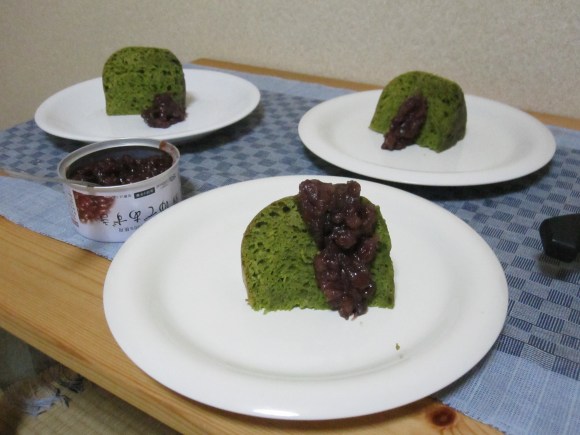
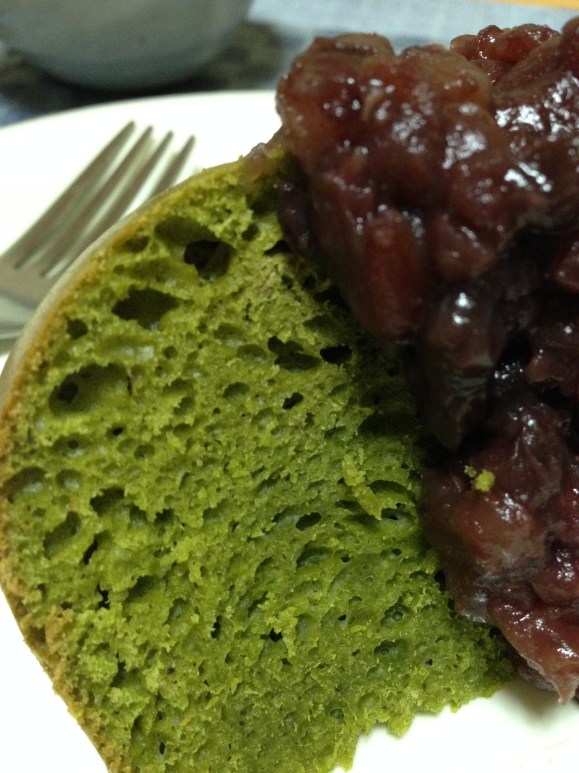
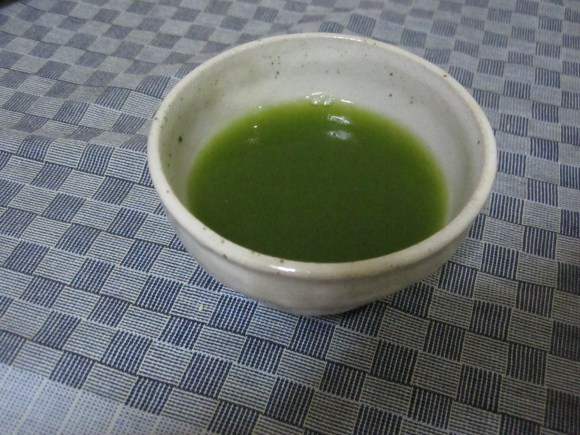
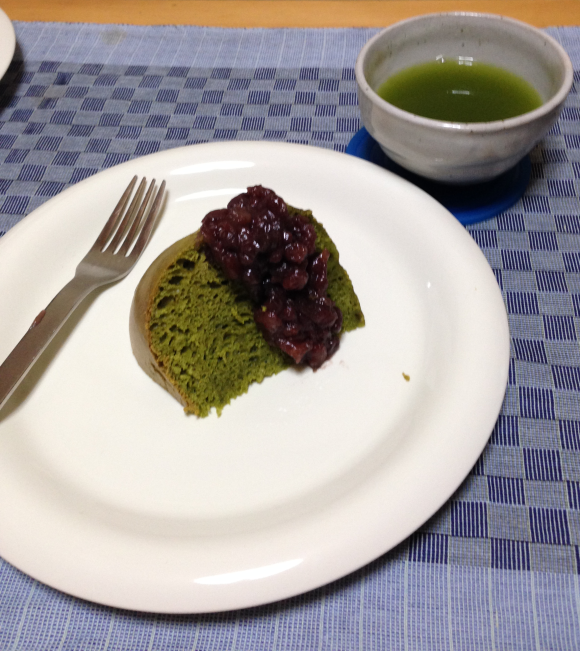
 How to make epic pancakes with your Japanese rice cooker
How to make epic pancakes with your Japanese rice cooker Matcha green tea pancake mix coming to Japanese grocery stores next month
Matcha green tea pancake mix coming to Japanese grocery stores next month Mister Donut Glossy Green Tea shows true beauty is on the inside, even for desserts【Taste test】
Mister Donut Glossy Green Tea shows true beauty is on the inside, even for desserts【Taste test】 How do the new Mister Donut x Kyoto matcha masters Tsujiri donuts taste? We find out【Taste test】
How do the new Mister Donut x Kyoto matcha masters Tsujiri donuts taste? We find out【Taste test】 Matcha Fair comes to Ikea with all things green tea
Matcha Fair comes to Ikea with all things green tea McDonald’s new Happy Meals offer up cute and practical Sanrio lifestyle goods
McDonald’s new Happy Meals offer up cute and practical Sanrio lifestyle goods All-you-can-drink Starbucks and amazing views part of Tokyo’s new 170 meter-high sky lounge
All-you-can-drink Starbucks and amazing views part of Tokyo’s new 170 meter-high sky lounge Studio Ghibli glasses cases let anime characters keep an eye on your spectacles
Studio Ghibli glasses cases let anime characters keep an eye on your spectacles Super Nintendo World expansion gets delayed for several months at Universal Studios Japan
Super Nintendo World expansion gets delayed for several months at Universal Studios Japan Starbucks reopens at Shibuya Scramble Crossing with new look and design concept
Starbucks reopens at Shibuya Scramble Crossing with new look and design concept Kyoto’s 100 Demons yokai monster parade returns!
Kyoto’s 100 Demons yokai monster parade returns! Constipated cats, sticky blue poop and more: Japan’s 9 weirdest vending machine toys
Constipated cats, sticky blue poop and more: Japan’s 9 weirdest vending machine toys Our Japanese reporter visits Costco in the U.S., finds super American and very Japanese things
Our Japanese reporter visits Costco in the U.S., finds super American and very Japanese things Disney princesses get official manga makeovers for Manga Princess Cafe opening in Tokyo
Disney princesses get official manga makeovers for Manga Princess Cafe opening in Tokyo Kagawa Prefecture becoming Slowpoke Paradise this spring
Kagawa Prefecture becoming Slowpoke Paradise this spring More foreign tourists than ever before in history visited Japan last month
More foreign tourists than ever before in history visited Japan last month Beautiful new Final Fantasy T-shirt collection on the way from Uniqlo【Photos】
Beautiful new Final Fantasy T-shirt collection on the way from Uniqlo【Photos】 Is the new Shinkansen Train Desk ticket worth it?
Is the new Shinkansen Train Desk ticket worth it? Foreign English teachers in Japan pick their favorite Japanese-language phrases【Survey】
Foreign English teachers in Japan pick their favorite Japanese-language phrases【Survey】 Japanese convenience store packs a whole bento into an onigiri rice ball
Japanese convenience store packs a whole bento into an onigiri rice ball We try out “Chan Ramen”, an underground type of ramen popular in the ramen community
We try out “Chan Ramen”, an underground type of ramen popular in the ramen community Studio Ghibli releases Kiki’s Delivery Service chocolate cake pouches in Japan
Studio Ghibli releases Kiki’s Delivery Service chocolate cake pouches in Japan Japan’s bone-breaking and record-breaking roller coaster is permanently shutting down
Japan’s bone-breaking and record-breaking roller coaster is permanently shutting down New definition of “Japanese whiskey” goes into effect to prevent fakes from fooling overseas buyers
New definition of “Japanese whiskey” goes into effect to prevent fakes from fooling overseas buyers Studio Ghibli unveils Mother’s Day gift set that captures the love in My Neighbour Totoro
Studio Ghibli unveils Mother’s Day gift set that captures the love in My Neighbour Totoro Foreign passenger shoves conductor on one of the last full runs for Japan’s Thunderbird train
Foreign passenger shoves conductor on one of the last full runs for Japan’s Thunderbird train Domino’s Japan now sells…pizza ears?
Domino’s Japan now sells…pizza ears? New Japanese KitKat flavour stars Sanrio characters, including Hello Kitty
New Japanese KitKat flavour stars Sanrio characters, including Hello Kitty Kyoto creates new for-tourist buses to address overtourism with higher prices, faster rides
Kyoto creates new for-tourist buses to address overtourism with higher prices, faster rides Sales of Japan’s most convenient train ticket/shopping payment cards suspended indefinitely
Sales of Japan’s most convenient train ticket/shopping payment cards suspended indefinitely Sold-out Studio Ghibli desktop humidifiers are back so Totoro can help you through the dry season
Sold-out Studio Ghibli desktop humidifiers are back so Totoro can help you through the dry season Japanese government to make first change to romanization spelling rules since the 1950s
Japanese government to make first change to romanization spelling rules since the 1950s Ghibli founders Toshio Suzuki and Hayao Miyazaki contribute to Japanese whisky Totoro label design
Ghibli founders Toshio Suzuki and Hayao Miyazaki contribute to Japanese whisky Totoro label design Doraemon found buried at sea as scene from 1993 anime becomes real life【Photos】
Doraemon found buried at sea as scene from 1993 anime becomes real life【Photos】 Tokyo’s most famous Starbucks is closed
Tokyo’s most famous Starbucks is closed One Piece characters’ nationalities revealed, but fans have mixed opinions
One Piece characters’ nationalities revealed, but fans have mixed opinions We asked a Uniqlo employee what four things we should buy and their suggestions didn’t disappoint
We asked a Uniqlo employee what four things we should buy and their suggestions didn’t disappoint Princesses, fruits, and blacksmiths: Study reveals the 30 most unusual family names in Japan
Princesses, fruits, and blacksmiths: Study reveals the 30 most unusual family names in Japan Ikea Japan wants to furnish your stomach with matcha sweets with its new cafe dessert menu【Pics】
Ikea Japan wants to furnish your stomach with matcha sweets with its new cafe dessert menu【Pics】 Ikea holds a Matcha Fair in Japan for a limited time this spring
Ikea holds a Matcha Fair in Japan for a limited time this spring Rice cooker cooking: Bacon onion rice is amazingly easy, awesomely delicious
Rice cooker cooking: Bacon onion rice is amazingly easy, awesomely delicious Mister Donut, Kyoto tea merchant create new line of treats, with one that’s two desserts in one
Mister Donut, Kyoto tea merchant create new line of treats, with one that’s two desserts in one What are you waiting for? Sakura pancakes are in Japanese convenience stores right now!
What are you waiting for? Sakura pancakes are in Japanese convenience stores right now! Put down the frying pan – You can make amazing pancakes with a sandwich maker, Japan learns【Pics】
Put down the frying pan – You can make amazing pancakes with a sandwich maker, Japan learns【Pics】 Rice cooker recipe: How to make a giant cheesy okonomiyaki pancake in a rice cooker
Rice cooker recipe: How to make a giant cheesy okonomiyaki pancake in a rice cooker Japanese Twitter shares secret ingredient to make perfect pancakes, it’s what you’d least expect
Japanese Twitter shares secret ingredient to make perfect pancakes, it’s what you’d least expect “Glossy green tea donuts” sound weird, look amazing in Mr. Donut team-up with Kyoto matcha master
“Glossy green tea donuts” sound weird, look amazing in Mr. Donut team-up with Kyoto matcha master We try making red-bean rice using an ice cream bar【SoraKitchen】
We try making red-bean rice using an ice cream bar【SoraKitchen】 Kentucky matcha?!? KFC Japan now has frozen green tea dessert beverages
Kentucky matcha?!? KFC Japan now has frozen green tea dessert beverages Sharp’s Ocha-presso brings traditional Japanese flavor to your kitchen
Sharp’s Ocha-presso brings traditional Japanese flavor to your kitchen Starbucks’ brand-new Meccha Matcha Frappuccino: 20 years in the making, 50 percent more green tea
Starbucks’ brand-new Meccha Matcha Frappuccino: 20 years in the making, 50 percent more green tea Crepe made with Kyoto sweets and green tea is the perfect treat after a day of temple hopping
Crepe made with Kyoto sweets and green tea is the perfect treat after a day of temple hopping Häagen-Dazs’ Matcha Azuki Kuromitsu Japonais ice cream blends green tea, red bean, black syrup
Häagen-Dazs’ Matcha Azuki Kuromitsu Japonais ice cream blends green tea, red bean, black syrup Häagen-Dazs Japan’s Yuzu Green Tea Float — How to make the super-easy matcha summer dessert drink
Häagen-Dazs Japan’s Yuzu Green Tea Float — How to make the super-easy matcha summer dessert drink
Leave a Reply